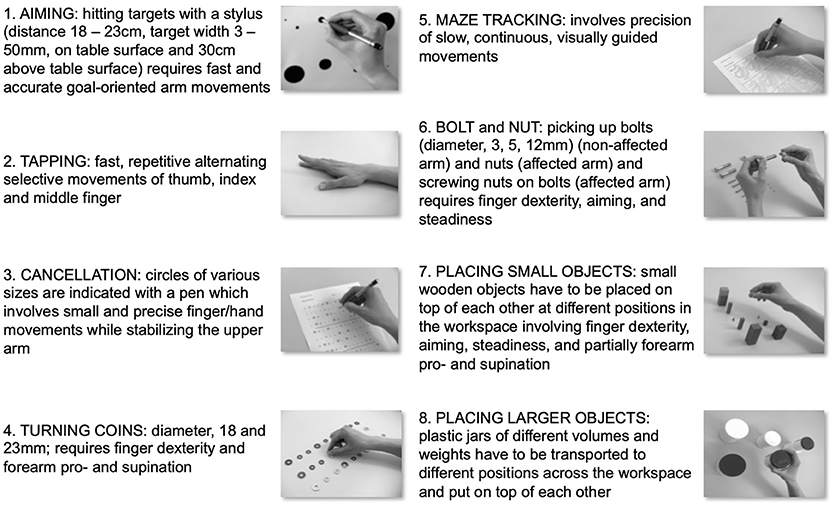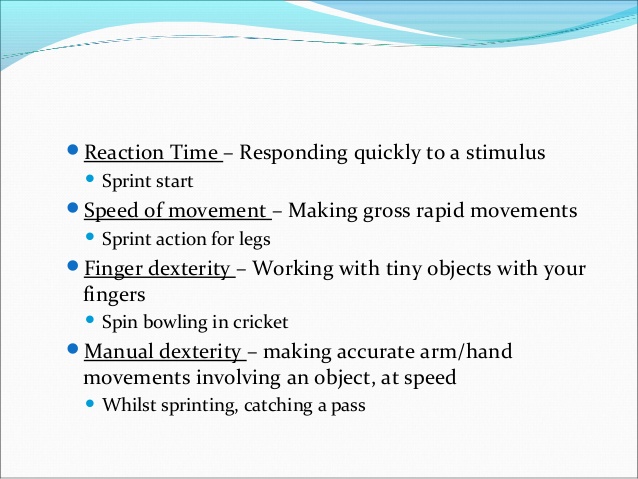

Even then, it will still not fully prepare you for the real deal. It is for this reason that all BDS courses will run a phantom head course. A great thought experiment is to envision oneself in the patient’s shoes, and ask yourself what standard of technical skills you would choose for yourself? There is not a single chair-side procedure that doesn’t require manual dexterity, and as such, the examples are limitless, but to name a few: preparing a tooth for a crown that can be as thin as 0.5mm, drilling conservative cavities to minimise loss of healthy tooth tissue placing fillings with millimetre precision working backwards in a mirror relying almost purely on tactile feedback when filing complex root canal systems taking accurate impressions of the mouth extracting teeth - in all of these examples manual dexterity is what drives the application of knowledge. This is increasingly important from a medico-legal perspective as well. Mistakes are inevitable, but it is important to be fully prepared and equipped, so that we do not cause preventable and irreversible damage. Put simply, because we are dealing with human beings! Our patients are trusting us with their mouths, which is a great privilege for us as dentists, and we owe a duty of care to fulfil this responsibility accordingly. Just like an artist with their paintbrush, a dentist must be able to use the tools they have with a very great degree of precision. Ultimately, however, the care cannot be delivered effectively or safely without the necessary hand skills. The principal basis of correct treatment planning is obtaining correct diagnoses.

Manual dexterity is the driving force of the latter and is a crucial component of every dentist’s technical skillset. Dentistry is a beautiful amalgamation of theory and application. This only continues to develop further through life and becomes essential for anyone working with their hands, such as a dentist. Between the ages of 2 and 4, we develop the motor control needed to perform more precise movements such as turning a book page or picking up a pencil. It is generally defined as the ability to use your hands in a skilful and coordinated fashion. This article is aimed at those who want to gain insight into this essential skill of the dental profession. Demonstrating an understanding of the dentists’s level of dexterity as a working professional, should form part of your reflections. Rather, it is your reflection on why these things might be important for a career as a dentist that will make all the difference.ĭental admissions staff recognise this - they are not looking for the most work experience, they are looking for students who have best demonstrated an appreciation for what dentistry is, the skills required to make a good dentist and why they are fit for this position.

So how does one stand out, in sight of this seeming contradiction? The reality is, most applicants are going to run through very similar points in their personal statement, so trying to stand out by getting experience in a particularly well known clinic, or racking up an impressive list of extracurriculars will not, in itself, be enough. In order to succeed, we’re told, it is crucial to ‘stand out’, and yet we all more or less adhere to a well-defined checklist of requirements - work experience, volunteering, extra-curricular achievements if we have them.


 0 kommentar(er)
0 kommentar(er)
